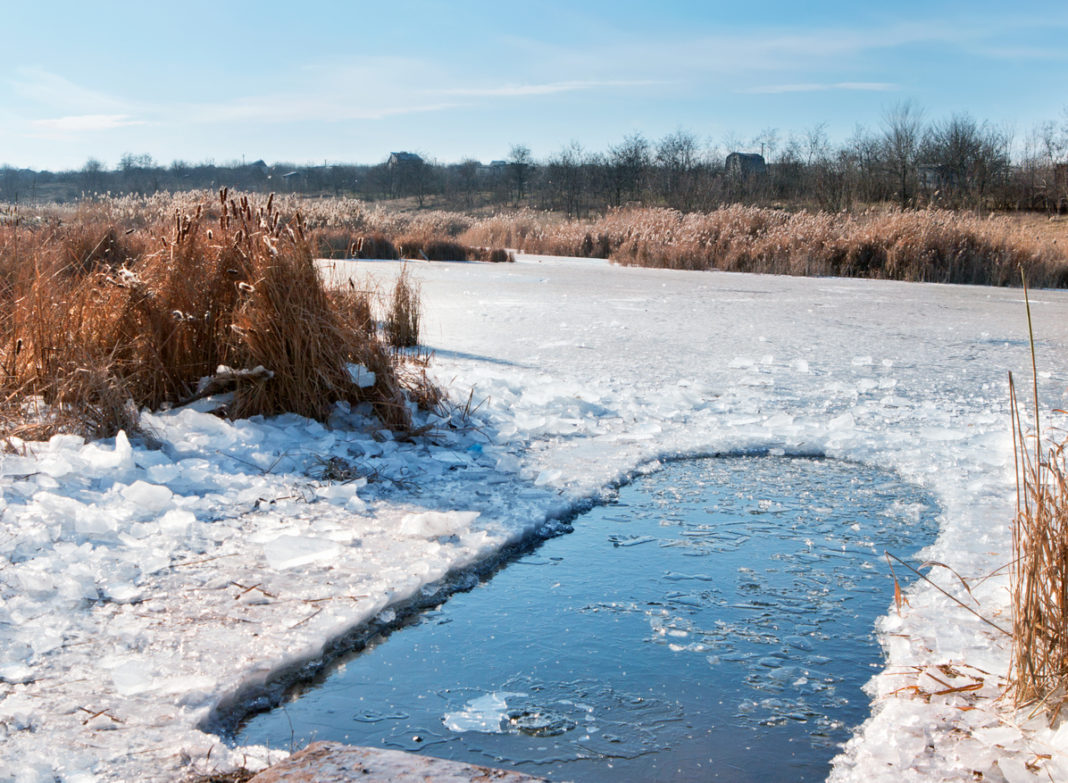The re-emergence of cold therapy is mostly due to one man, who has trailblazed its popularisation, as well as the research into the health benefits of cold exposure.
In Poland, that man sits meditating on Mount Sněžka at approximately 5,300ft, the pinnacle of the Silesian mountain range. The temperature is minus ten degrees Celsius and he is wearing only shorts; his name is Wim Hof.
You only have to hold some ice cubes in your hand for a few seconds to register discomfort, yet, learn to master the body’s response to cold and you may be able to unlock some surprising benefits. Cold therapy, or cryotherapy, is an ancient practice – Egyptians used it as far back as 2,500 BCE – that has found its way to contemporary prominence. And with the onset of winter in Canberra, what better time to explore its potential benefits.
First, a caveat: don’t go jumping into Canberra’s lakes or waterways. Rapid immersion in cold water can cause dangerous changes in heart rates and breathing. Cold therapy advocates suggest controlled and gradated exposure to cold, with some surprising results.
Pain relief and muscle healing
Ice baths are a common feature of post-game recovery in elite sport, where they’re used to mitigate the effects of intense exercise. Studies have shown that cold therapy can combat the pain of rheumatoid arthritis as well as relieving muscle pain and speeding healing more generally.
Aids fat burning
Being cold forces the body to work harder to stay warm. Studies have shown that cold exposure increases the body’s stores of naturally occurring brown fat tissue (brown adipose tissue, or BAT) which, unlike white fat tissue, is active in burning calories and using energy. Cold exposure increases BAT activity and results in increased calorie expenditure; in other words, BAT essentially turn calories from food into heat.
Fights inflammation
Studies have shown exposure to cold temperatures raises levels of a protein called adiponectin that is linked to reducing inflammation.
Hof advocates a method of combining cold exposure with breathing techniques in order to influence both the sympathetic nervous system and the immune system. Results have been impressive showing increased production of anti-inflammatory mediators and a subduing of the pro-inflammatory cytokine response which suggest promise for utilising these methods to combat conditions like auto-immune disease.
To try cold therapy for yourself, try finishing your morning shower with a blast of cold water for a few seconds. At the very least, it’s a good way of training your willpower and you’ll no doubt feel wide awake afterwards.



